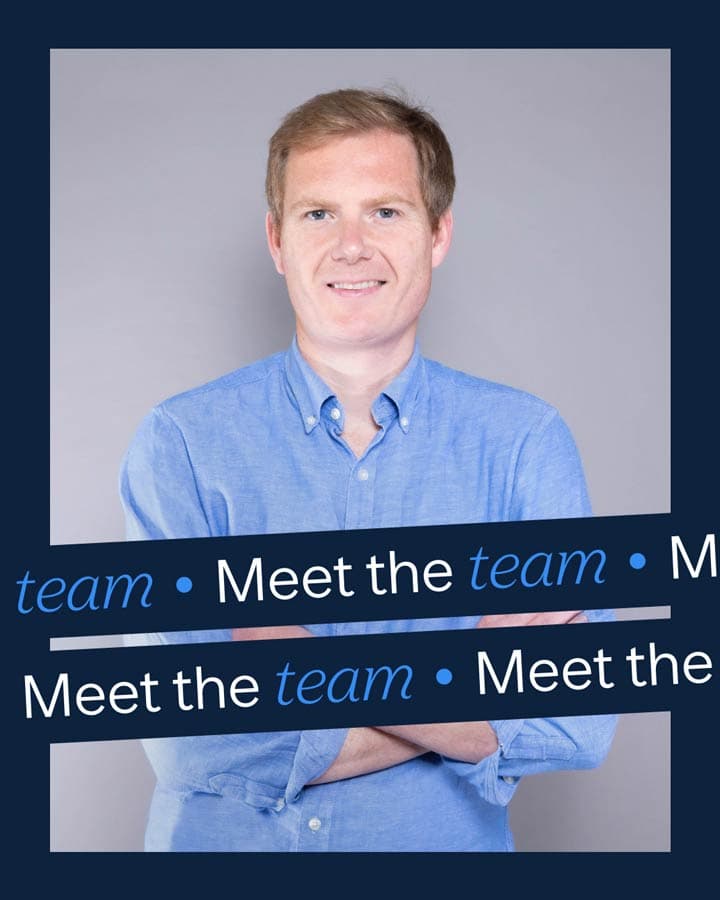
Agencies are providing consultancy. Consultancies are providing delivery. As the two meet in the middle, who’s actually better to provide the ‘end-to-end’ service they all offer?
In 2024, more businesses than ever are making the same bold claim: some variation on ‘end-to-end digital transformation from strategy to build’. They also promise the same result: real change for client organisations.
With so many promises, it’s increasingly difficult to know who can truly deliver on this lofty statement.
An ever-saturated market is due in part to the shift in what clients look for in a service delivery partner. More clients want a simplified model where they can engage with just one partner to provide a broad range of services across the digital transformation journey, from business strategy to technical delivery.
Across the industry, this has led to a rise in new service offerings as partners try to advance their remits. In doing so, the everyday partner is given the opportunity to advance either upstream (into strategy definition) or downstream (into functional delivery of technology).
At one end of the spectrum, you have management consultancies (traditionally strategists) who have moved away from just advising on a solution to also building it. Meanwhile, digital agencies who are well versed in delivery are moving ‘upstream’ to advise on strategic direction for a business when it comes to digital transformation.
Who comes out on top?
Having worked extensively with both sides of the spectrum, I’ve seen each side up close. Of the two journeys, neither is totally linear or easy. But I do believe that agencies are better suited to own the space.
Agencies typically engage with client stakeholders who cross the full business hierarchy, from operational teams ‘on the ground’ to the C-suite. This breadth of client exposure means agencies have a much more intricate view of their client businesses; allowing for more ground-up strategy definition. On the flipside, consultancies are typically confined to those who frequent the board room (this is no bad thing, but not always the best for strategies grounded in reality).
Mostly, management consultancies move into the digital space through acquisitions. But simply buying a digital agency and embedding it within the existing service offering is not enough to effectively be able to execute successful delivery programs. Legacy business structures and culture risk limiting the impact that these acquired agencies can have and potentially lead to ‘brain drain,’ where top talent leaves for smaller digital agencies where they feel freer and, often, more at home.
Becoming a master in strategy requires a few great people to lead from the front, whereas the same theory in technology design and build requires teams who have deeply embedded ways of working, culture and experience. Making a move towards the middle, i.e. being able to provide a holistic offering to their clients, is therefore more achievable for those well versed in the latter.
The client ask
What do clients really want when they go looking for a ‘holistic digital transformation partner’? What they’re really looking for are three things in one place.
First, they want practical strategists. Practical thinkers who are well-versed in the complexities of delivery. Setting the right direction for digital transformation is critical. When designing the ambition/target state there are many challenges, complexities and issues which need to be considered and mitigated. Blue sky thinking is worthless if there’s limited understanding of what is achievable (in the future and now). A partner who has experienced these situations and navigated their way through them is essential to ensure that a strategy can go beyond the slides of a PowerPoint.
Second, they want to realise value quickly. Seeing results fast is critical in setting businesses up for a digital future. ‘Building the plane while flying it’ may not always be the best advice for business transformation, it is something that clients are increasingly looking for in order to hit KPIs and prove value. Partners who understand the speed-orientated next steps and won’t get lost in multiple rounds of thinking are important assets to drive change.
And third, they’re looking for partners with ‘skin in the game’: No business is looking for a partner that is not willing to put their thinking to the test and deliver the initiatives they believe are right for a client’s business. Tying a strategy’s results to the standard of delivery is a good way to ensure it stands the test of delivery and the transformation is successful.



















